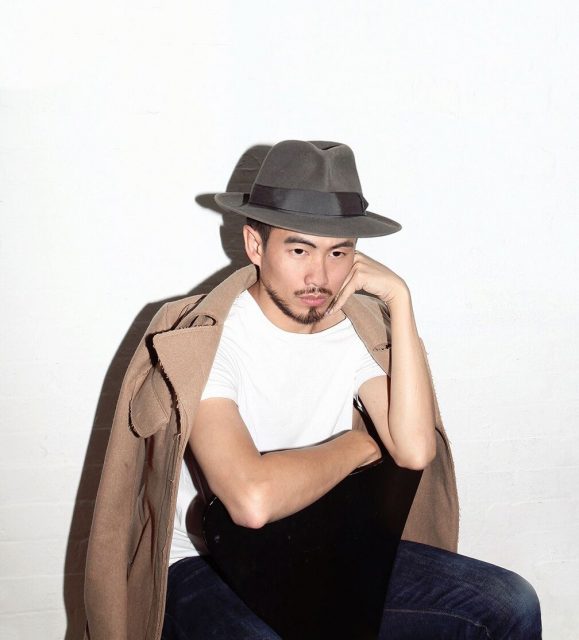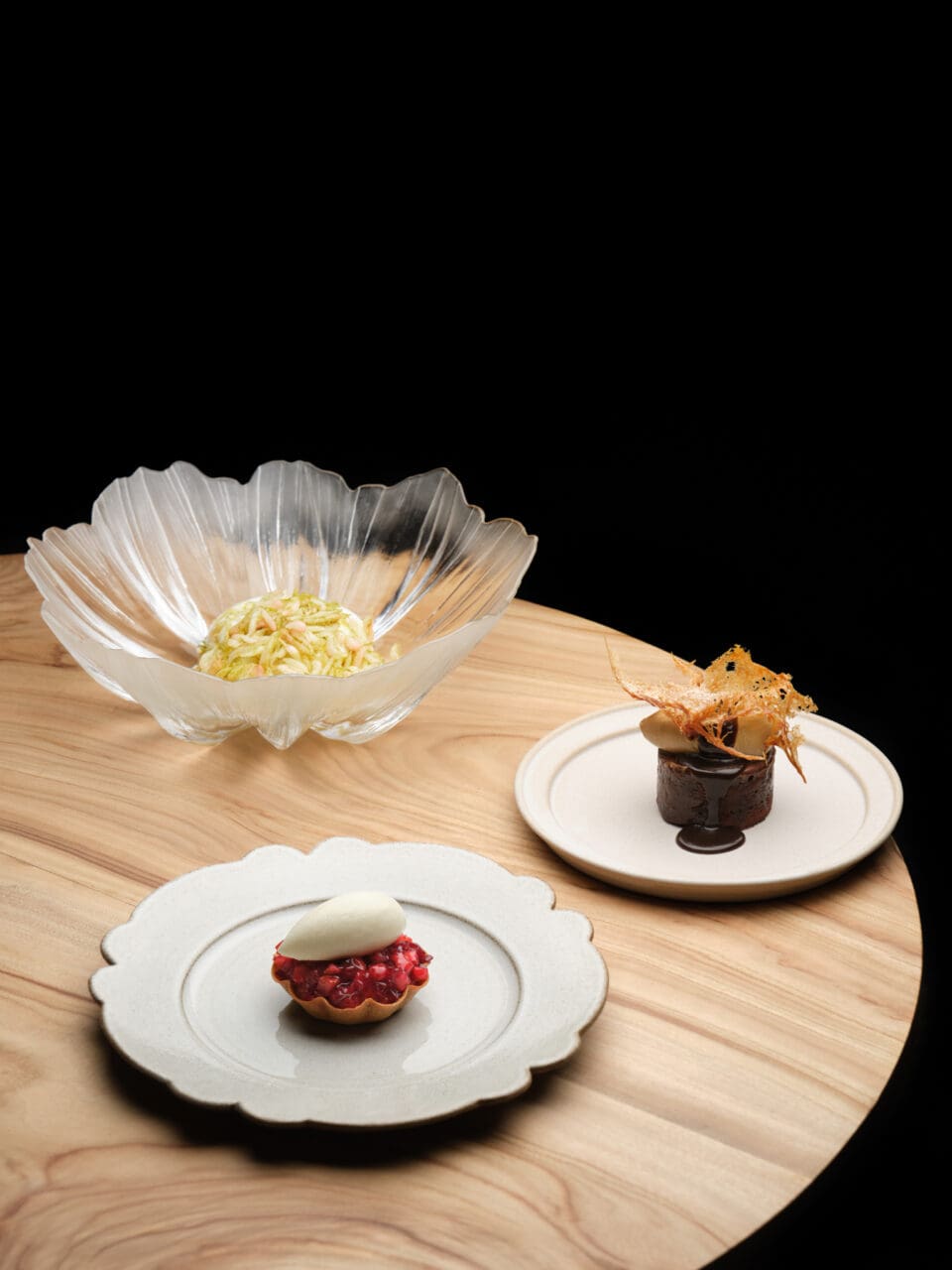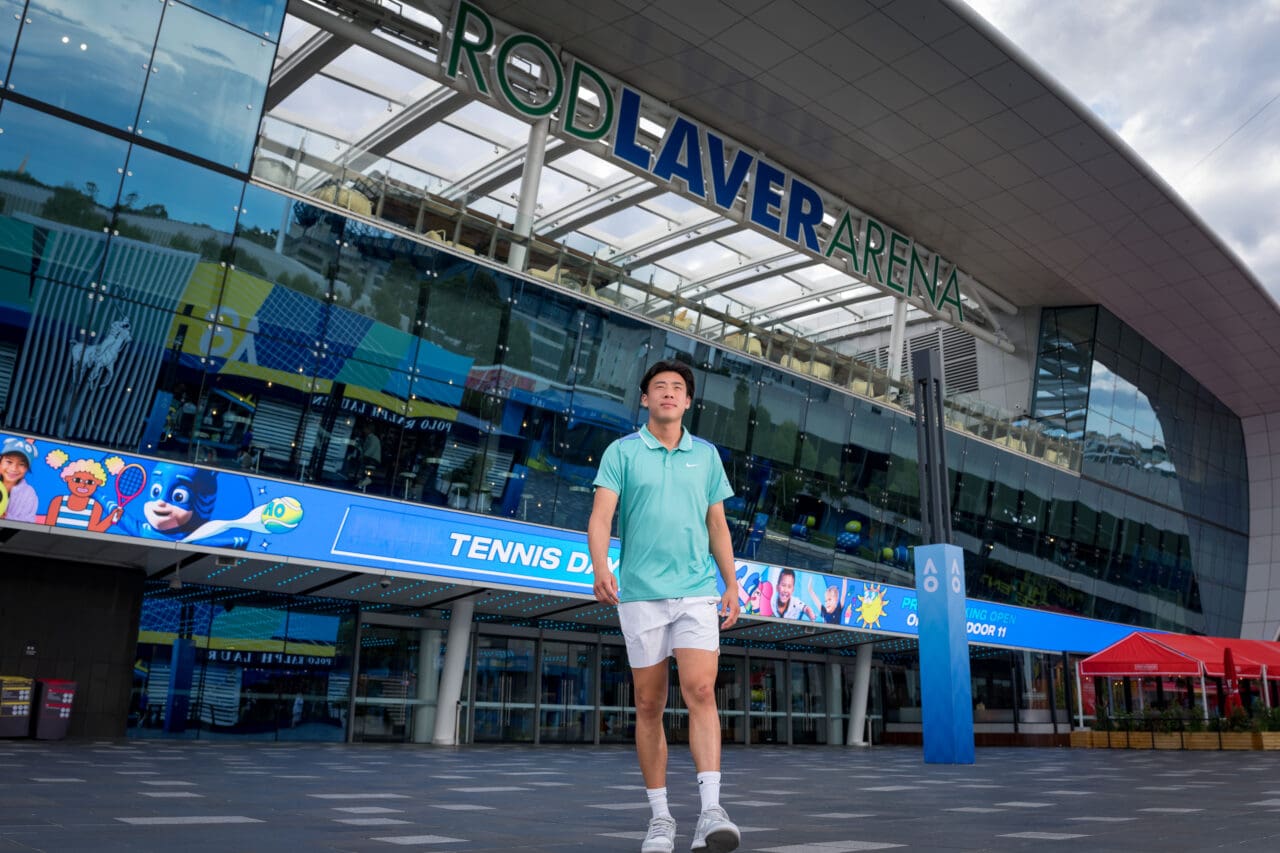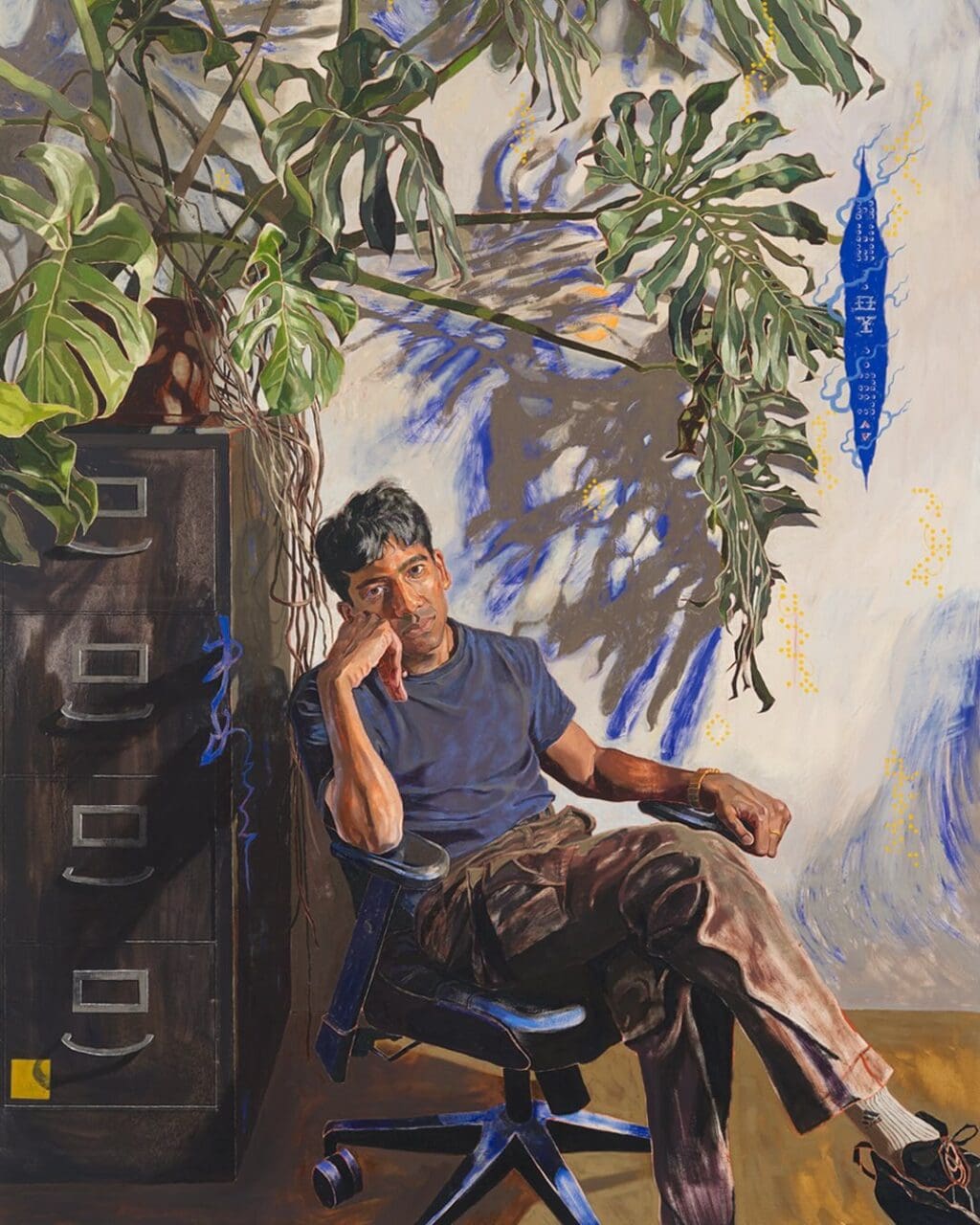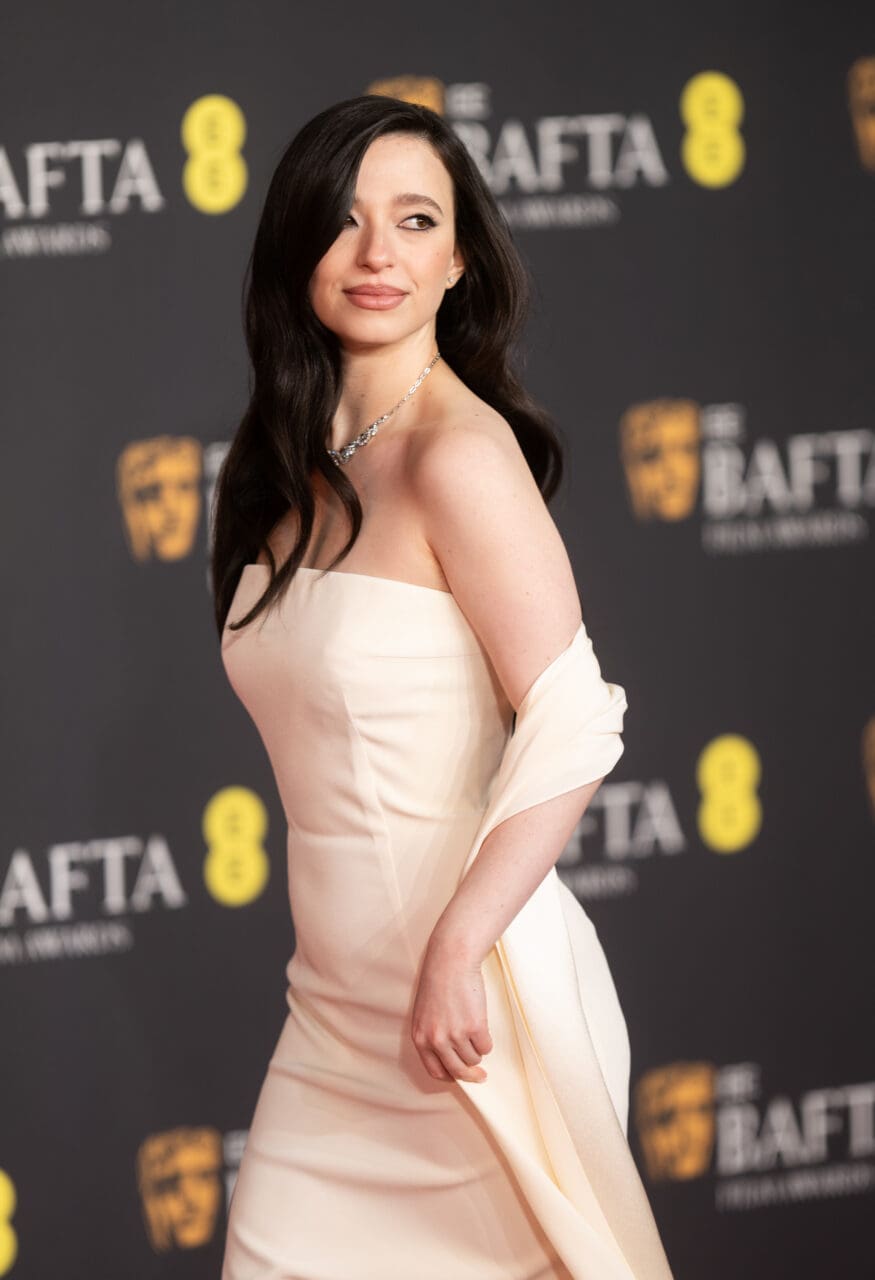How did you become interested in shooting portraits and how did you determine to focus on photography and portraiture specifically as your artistic medium?
When I was young, I was verging on journalism in my work. I think I never gave up my point of view. Portraiture allowed me to keep my voice. I think my work is stronger when I have a point of view. I always thought of photography as art, I’ve always thought of myself as an artist. With more and more digital work, I consider myself as a conceptual artist. Having used photography in so many different ways, I’ve never been a person to hold on to old techniques. I like to be a contemporary artist. I’m learning about it just like anybody else is learning about it.
People describe your works as capturing the soul behind human facades, but with commercial portraits you only get a limited time to get to know a person. How do you achieve this effect?
I am still very uncomfortable when people say that I got the soul of somebody. I don’t necessarily believe it. Not that you couldn’t do that – if I moved in with you for six months or a year, I promise you that I would probably get your soul. As much as I wanted something that told a good story in a portrait, I realised some of those are going to be reserved for family and friends who put up with you. There’s a portrait of my mother which I use sometimes as an example. My mother in this portrait is looking at me. I realised this after years of looking at the photo – she was looking at me as if there wasn’t a camera there, but you are not going to get that in your everyday work. Some of them will have more intimacy, some will be more about the image. They are all interesting to me, whether you go in deep or not. I personally like people to look like themselves. We are complicated as people, and we have many different sides to us. When I take a portrait, I’m presented with many different sides to a person on some level, and I’m going to make a choice on what I might photograph. But still, what an extraordinary life I have had, in creating all these works.
Do you think social media and easier access to photography could harm the integrity of professional photography and portraiture?
No, there’s room for both. I use my camera phone to take pictures of my
children. I love the ease of having that in your pocket, and they are getting better. Sometimes, a camera phone gets you back to looking when taking photographs. I think photography has never been better on some level.
Photography has taken you to many places around the world. What is one memorable destination?
I just went out to North and South Dakota to photograph native Americans. I love big, open space, and I was blown away by how the “untouched” world looked.
What is a typical day like for you? Do you have a specific daily ritual?
I go home to my children. I come from a large family, and understanding how important family is has carried me through my life.
Do you think it’s important for artists to live and experience their own life in order to create? If so, what do you like to do when you are not working?
Absolutely, but I don’t have enough time. I’ve pretty much been either reading something about my assignments or doing research. After I had my children, they definitely used up all my time. I wish I could read more or go out more. I do love to walk and hike if I can.
What are your plans for the next ten years to come?
I pretty much will be doing what I am doing. I’m so lucky to do what I do, it just gets more and more interesting. What’s not talked about enough is how interesting it is to get older. Yes, your body gets diminished, but you kind of know what you are doing. You get excited that you stayed the course, because the rewards are huge. I’m just lucky to love what I do, seriously love it. I will pretty much continue to do portrait, with more details and attention to it, which comes with being old.
If you were to start all over again, would you still choose to be an artist and a photographer?
I always wanted to be an artist. I wanted to be a painter, and then I was
thinking about being an art teacher. I think it was destined for me to be an artist in some way. I liked photography when I was young, like 18 or 19 years old. It was immediate, it was something you could see right away. I loved the magic in the dark room, the chemistry. I do feel sad for young photographers that they can’t experience that kind of magic, but they’ll find their own magic.
Your early photography works will be on view at the upcoming exhibition at Hauser & Wirth Hong Kong. Did you curate this particular selection of works?
Hauser & Wirth has been so supportive. I wanted at this point to start to look at my work and see what was important, and begin to edit. We previously did a very large show in Los Angeles, showing over 4,000 photographs from 1970 to 1983, and they were all done in xerox. The idea for Hong Kong was to take a look at all that work, and choose the ones that I want to consider making actual print. It was interesting to take 4,000 photographs and edit down to a few that are meaningful. That is the exercise for the Hong Kong show, to start to edit down the works I did when I was a kid, out there learning to take photographs, living with my camera, taking pictures every single day. The exhibit is sort of an out-of-body experience, my old self looking at my young self – this young photographer having all that drive and all those curiosities.
In the exhibition, viewers will be immersed in a vast number of your photography works, but what many people associate with Annie Leibovitz today is you using one image and specific subjects to tell a story, in a magazine cover for instance. How do you think this exhibition approach will impact the viewing experience and your narratives?
Photography is such a wonderful medium – it has so much latitude. I am so lucky to have been immersed in it, and loved it for over 50 years. I was looking at my favourite photographer, Henri Cartier-Bresson’s works – I wouldn’t be a photographer if I hadn’t seen his works when I was a student. I was looking at how he hung his works. He had many photographs on a wall. If you think in terms of having a big show with over 4,000 xerox photographs, I still believe that they are like brothers and sisters to each other. They inform each other. It’s interesting to see my early works and how they inform the later works. These early works are really like sketches or a learning process in relation to my later works.
Editor
Sunny ZhangCredit
Lead photo: Annie Leibovitz, New York City, 2017
